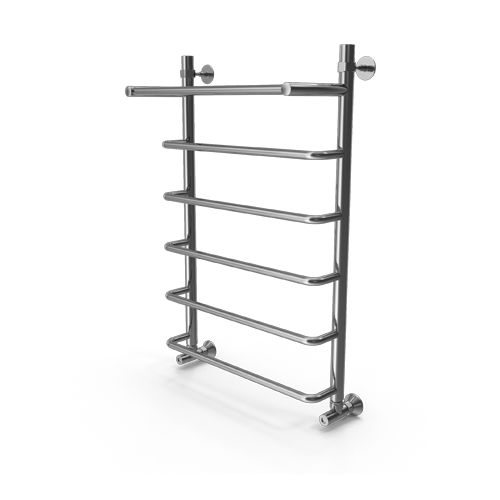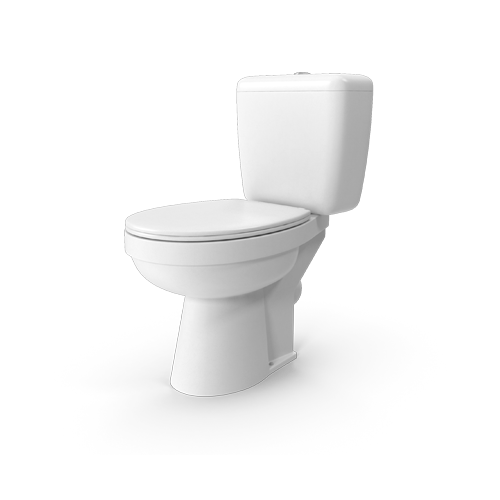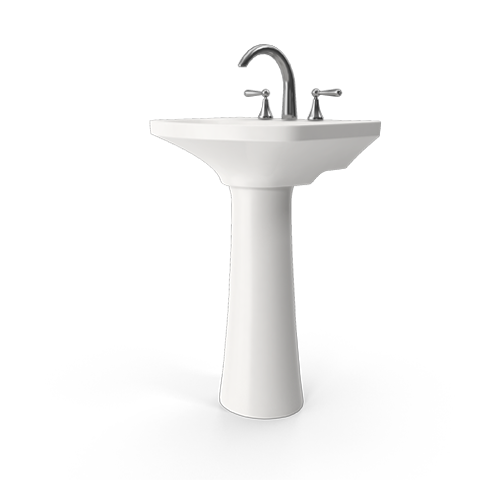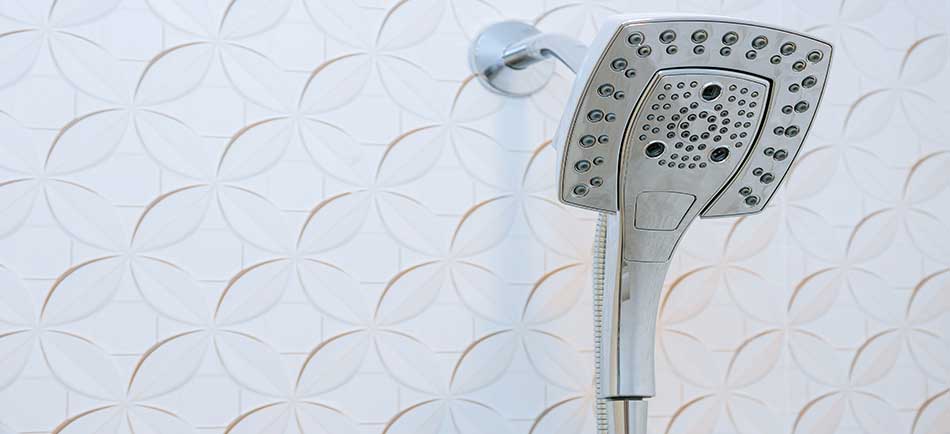How to Unblock Shower Drain?
There’s nothing quite as frustrating as standing in a puddle of water during your morning shower. From what I’ve seen, a blocked shower drain is one of those niggly household problems that can turn your day proper pear-shaped if not dealt with quickly. Let’s dive into some effective solutions that’ll help you sort this common issue!
Understanding Why Shower Drains Get Blocked
Before we tackle how to unblock a drain, it’s worth understanding what causes these blockages in the first place. According to WaterUK’s 2023 report, hair and soap scum account for 67% of all shower drain blockages in British households. It’s rather like making a proper cup of tea – you need to understand what goes into it before you can make it right!
Common Culprits
- Hair and soap buildup: The most frequent offender, creating those stubborn clogs that seem to appear out of nowhere
- Mineral deposits: Especially common in hard water areas, these can build up over time like limescale on your kettle
- Foreign objects: From dropped razor caps to wayward bath toys, these unexpected items can cause sudden blockages
How to Unblock Shower Drain Hair: Prevention and Solutions
I think prevention is always better than cure. Installing a good shower drain cover can catch hair before it becomes a problem. Think of it as a bouncer at your favourite pub – keeping out the troublemakers before they can cause any bother!
Choosing the Right Shower Drain Cover
When selecting a drain cover, consider these options:
- Dome-style covers: These sit slightly raised above the drain, catching debris while maintaining good water flow
- Flat mesh covers: Perfect for most standard shower drains, these sit flush with the floor
- Hair-catching inserts: These fit inside the drain and can be easily removed for cleaning
How to Unblock a Shower Drain with Standing Water
Standing water in your shower can be particularly tricky to deal with. According to the Chartered Institute of Plumbing and Heating Engineering’s 2024 survey, 45% of UK households attempt to tackle this issue themselves before calling a professional.
Step-by-Step Solution
- Start with the plunger: Give it a good go, just like trying to get the last bit of sauce out of a Heinz bottle – persistence is key!
- Try natural solutions: A mixture of baking soda and vinegar can work wonders
- Use drain snakes or augers: These tools can reach deep into the pipe to remove stubborn blockages
How to Unblock Shower Drain at Home: Natural Methods
Personally, I prefer trying natural solutions before reaching for harsh chemicals. Here’s a brilliant tip: pour a kettle of boiling water down the drain, followed by a cup of baking soda, then a cup of white vinegar. Cover the drain and wait 15 minutes before flushing with more hot water.
Chemical Solutions: When and How
Sometimes natural methods aren’t enough, and you need something stronger. What’s your go-to method for dealing with blocked drains? Share your experiences in the comments below – we’d love to hear what works best for you!
When to Call a Professional
I’d consider calling a professional if you’ve tried multiple methods without success. If you’re interested in finding a qualified plumber, the Association of Plumbing and Heating Contractors (APHC) website offers a searchable database of certified professionals.
Maintaining a Clear Drain
Regular maintenance can prevent most blockages. It’s like keeping your garden tidy – a little regular effort prevents a big job later.
Environmental Considerations
When choosing drain cleaning methods, consider their environmental impact. Many chemical cleaners can harm waterways and aquatic life.
Eco-Friendly Alternatives
Try these environmentally conscious options:
- Enzymatic cleaners that naturally break down organic matter
- Regular maintenance with hot water flushes
- Mechanical methods like plungers and drain snakes
Final Thoughts
Keeping your shower drain clear doesn’t have to be a massive faff. With regular maintenance and the right tools, you can prevent most blockages before they become a proper problem. Remember to check your drain cover regularly and clean it as needed – it’s your first line of defence against clogs!



